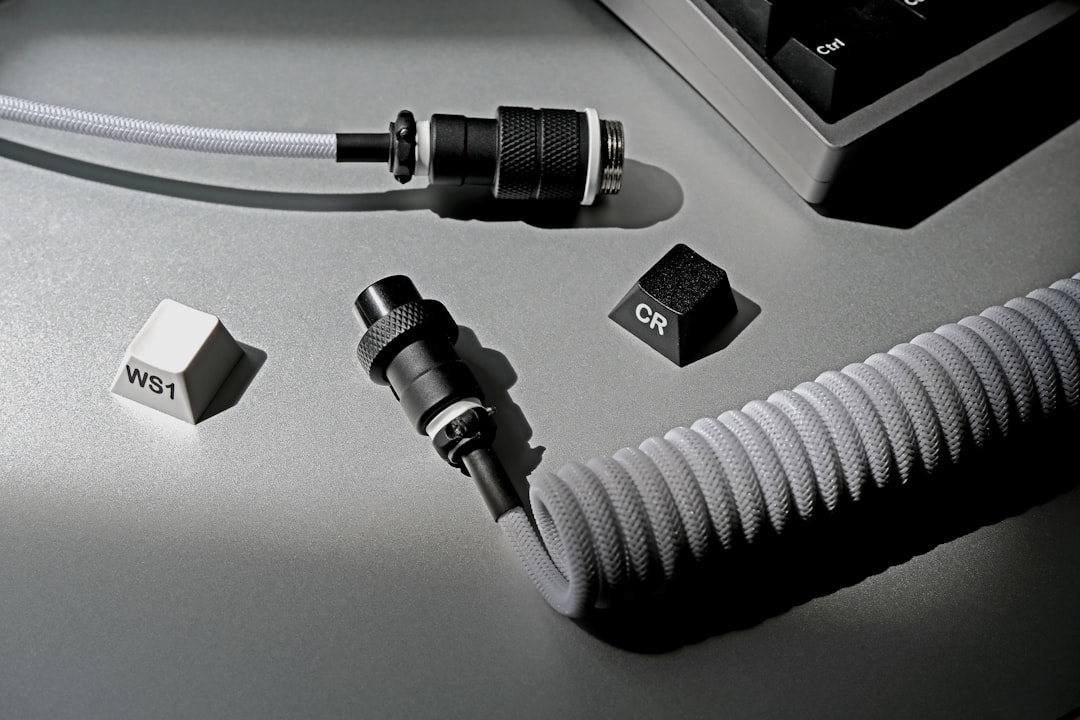As technology continues to evolve at a rapid pace, one common question among consumers is whether it’s possible to go from USB to USB-C. With the growing adoption of USB-C in newer devices such as smartphones, laptops, and tablets, there is often a need to bridge the gap between older USB (commonly USB-A) ports and the latest USB-C connections.
In short, yes, it is entirely possible to connect USB-A to USB-C, but it typically requires additional tools or accessories. The way in which the connection is made depends on the types of devices involved and the intended purpose of the connection.
Understanding the Difference Between USB-A and USB-C
USB-A has been the industry standard connector for over two decades. It features a rectangular shape and can be found in countless devices such as computers, flash drives, and chargers. In contrast, USB-C is a newer, smaller, and reversible connector that supports faster data transfer rates and higher power delivery.

USB-C has increasingly become the go-to standard for modern electronics due to its versatility and improved functionality. However, because not all devices have caught up with this transition, users frequently deal with mixed environments that include both USB-A and USB-C ports and cables.
How to Connect USB-A to USB-C
To go from USB to USB-C, users will need to employ one of the following methods:
- USB-A to USB-C Adapter: This is one of the most common solutions. These small adapters convert a USB-A port or cable into a USB-C connection, allowing compatibility with USB-C devices.
- USB-A to USB-C Cable: These cables have a USB-A connector on one end and a USB-C connector on the other. They are useful for charging or data transfer between older USB-A devices and newer USB-C devices.
- OTG (On-The-Go) Adapters: For certain mobile devices, an OTG adapter can allow USB peripherals—like keyboards or flash drives—to be connected via USB-C to a phone or tablet.
It’s important to note that while these adapters and cables facilitate physical connections, the data transfer speed and power output may vary based on the specifications of each device and cable.
Things to Consider When Making the Switch
Before picking up an adapter or cable, there are a few things to keep in mind:
- Compatibility: Some devices may not support data transfer via adapters or might require drivers or additional settings.
- Power Output: Not all USB-A ports can deliver enough power to charge high-demand USB-C devices like laptops. Charging tablets or phones usually isn’t an issue, but be sure to check power ratings.
- Data Speeds: USB-C ports can handle much faster data transfer rates than traditional USB-A ports. If you’re transferring large files, the speed will be limited by the slowest link in the chain.

Why Make the Shift to USB-C?
Many people wonder whether it’s worth transitioning to USB-C at all. Some of the key advantages of USB-C include:
- Faster charging and data transfer
- Reversible connector for ease of use
- Wider compatibility with newer devices
- Supports alternate modes such as HDMI or DisplayPort
As more manufacturers adopt USB-C as the universal standard, switching now can help future-proof your devices and accessories. Still, until all legacy equipment is phased out, having flexibility between USB-A and USB-C is often necessary.
Frequently Asked Questions
-
Can I use a USB-A to USB-C cable to charge my phone?
Yes, as long as the charger and cable are compatible with your phone’s power requirements, you can charge your USB-C phone with a USB-A charger. -
Is data transfer faster with USB-C than USB-A?
Generally, yes. USB-C supports higher transfer speeds, but the actual speed also depends on the USB version (e.g., 2.0, 3.0) of the USB-A or USB-C port used. -
Can I convert USB-C back to USB-A?
Yes, reverse adapters are also available to connect USB-C accessories to USB-A ports, though with some performance limitations. -
Are all USB-C connectors the same?
No. While the connector shape is standardized, not all USB-C ports support the same features. Some may only support power delivery, while others include high-speed data or video output. -
Is a USB-C to USB-A connection safe for my device?
Yes, if you’re using certified, quality cables or adapters. Poorly made accessories could potentially harm your device or reduce efficiency.
In conclusion, going from USB to USB-C is not only possible but fairly simple with the right tools. Whether it’s for charging or data transfer, having the appropriate adapters and understanding their limitations ensures a smooth experience when bridging old and new tech.



